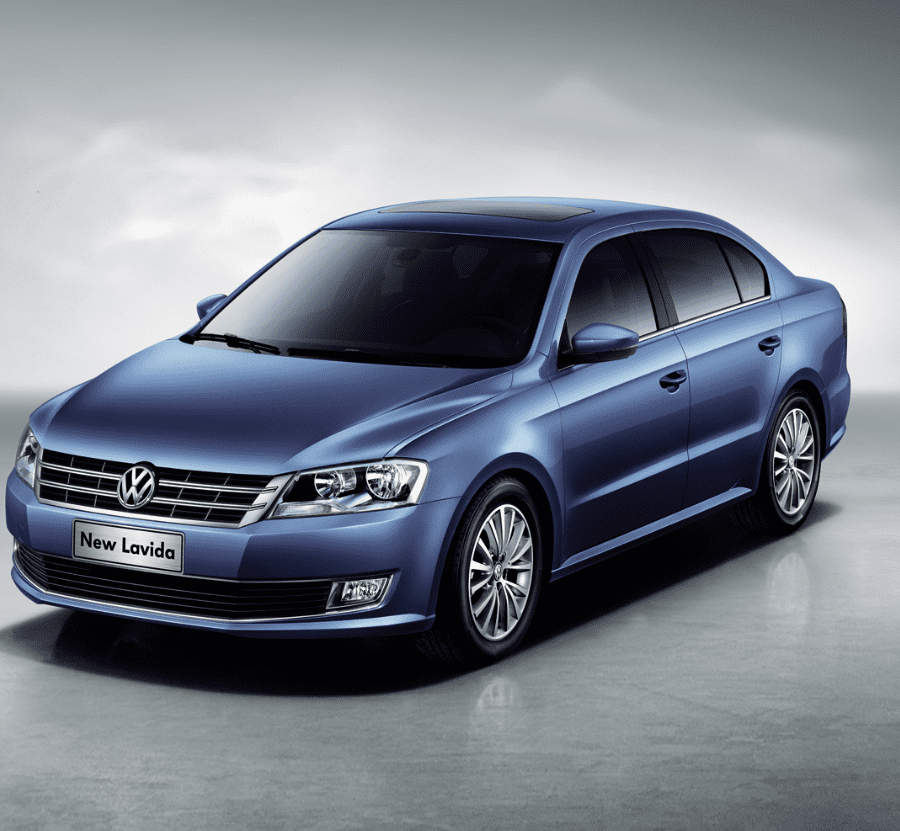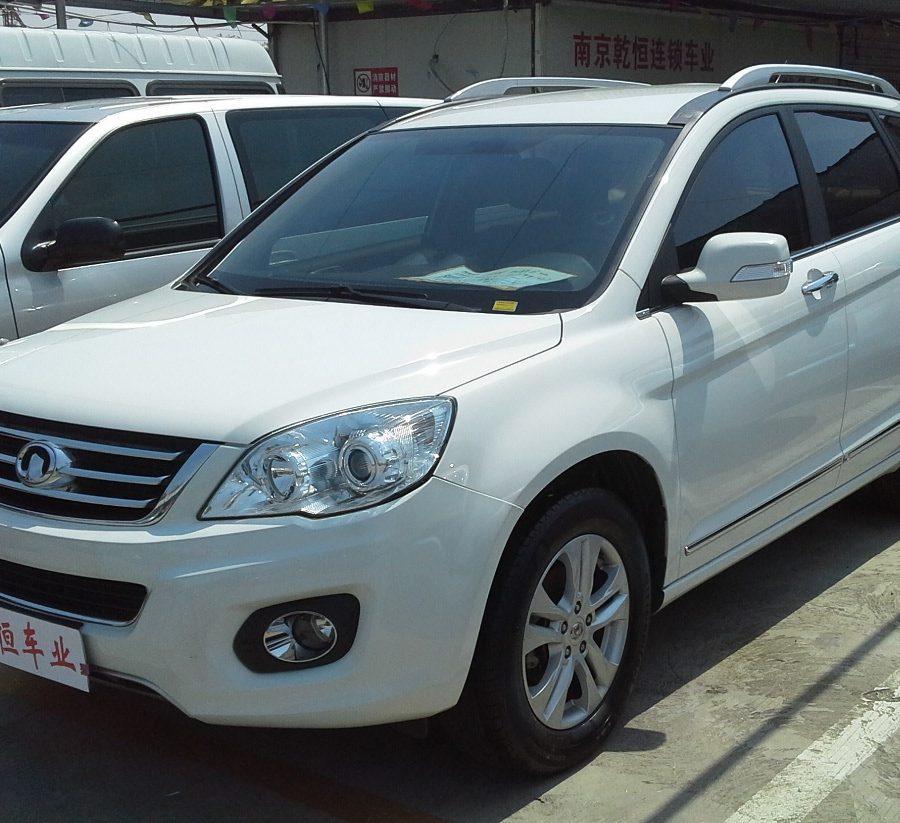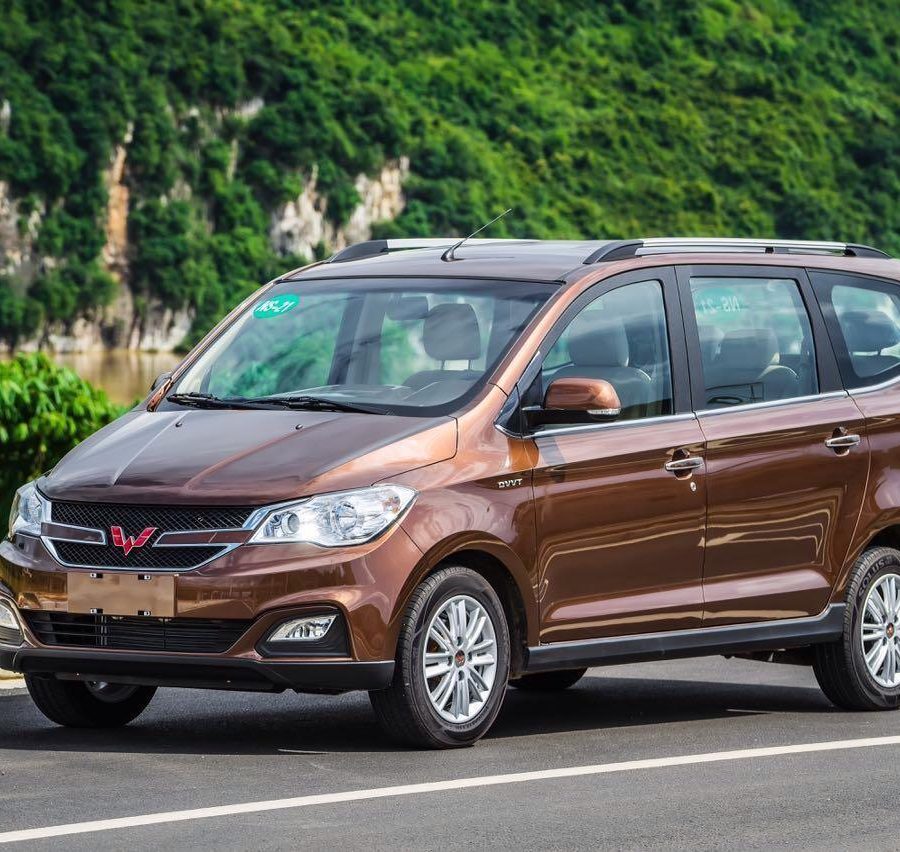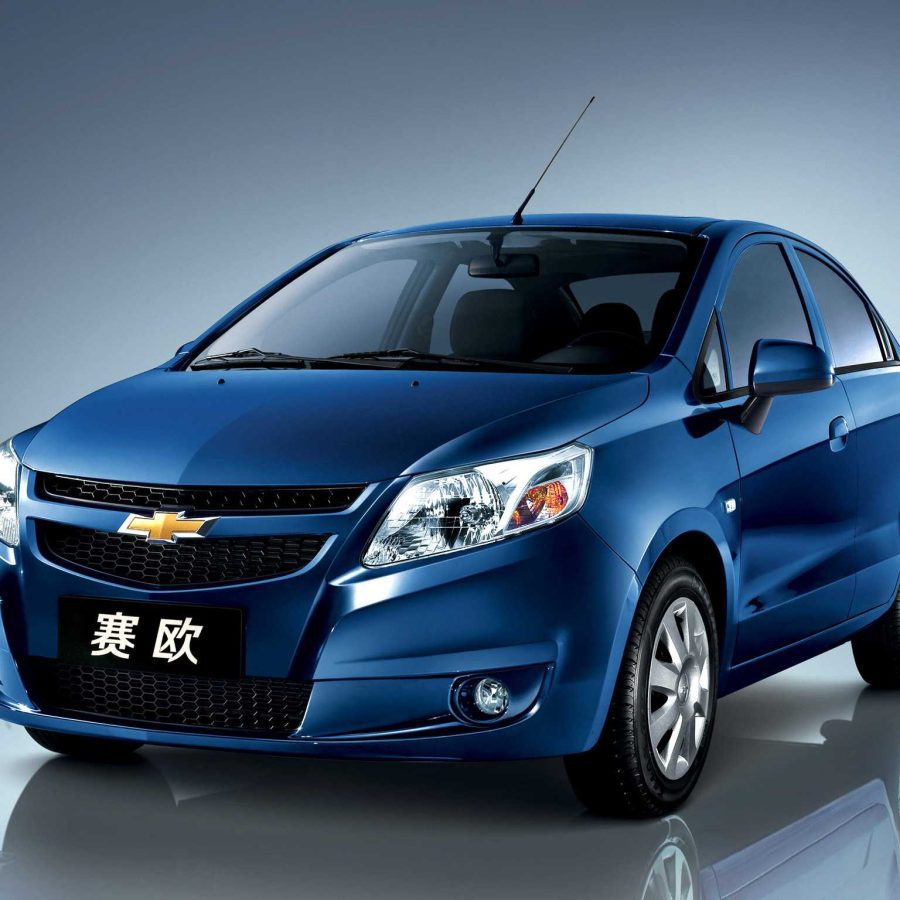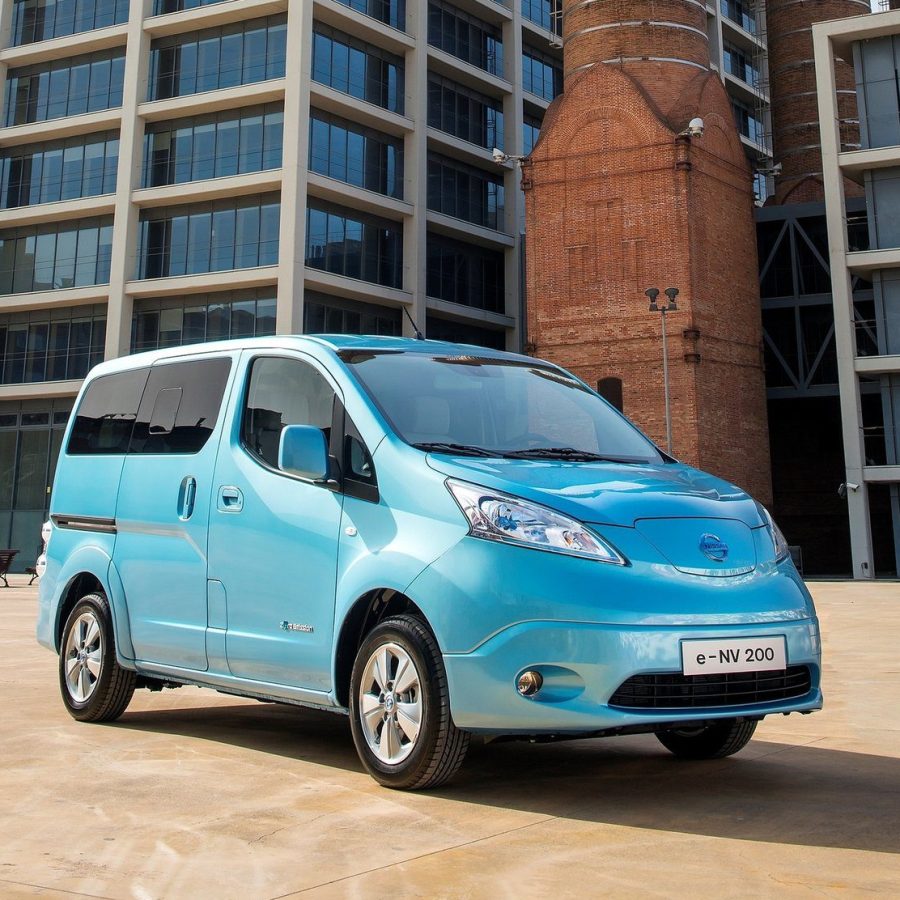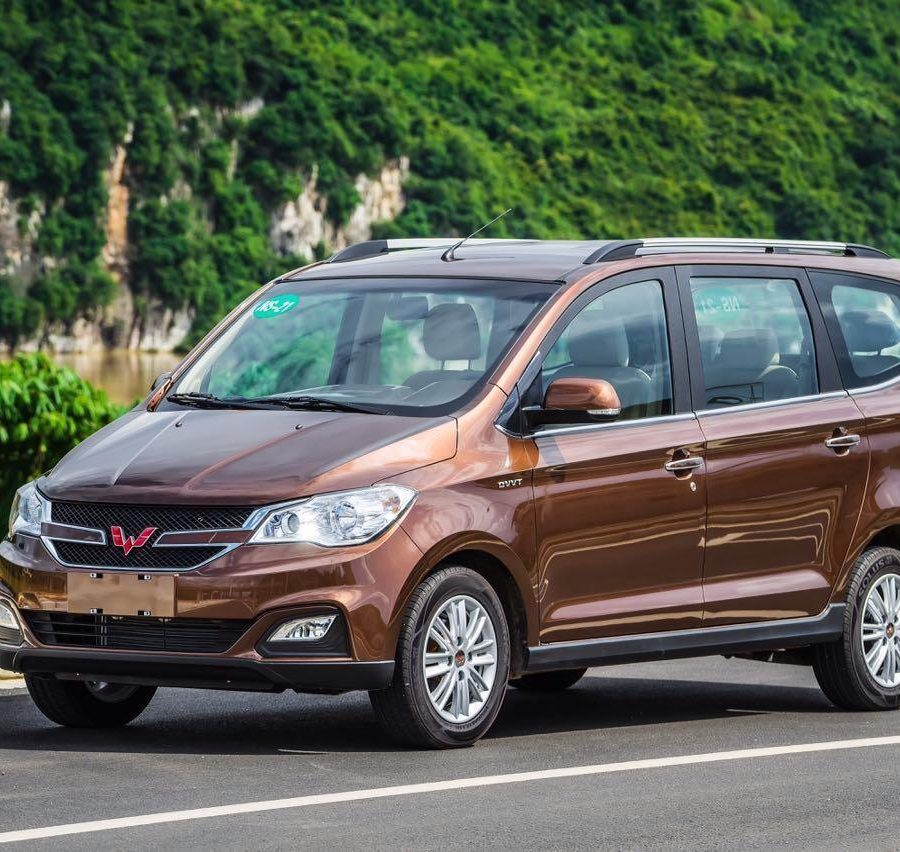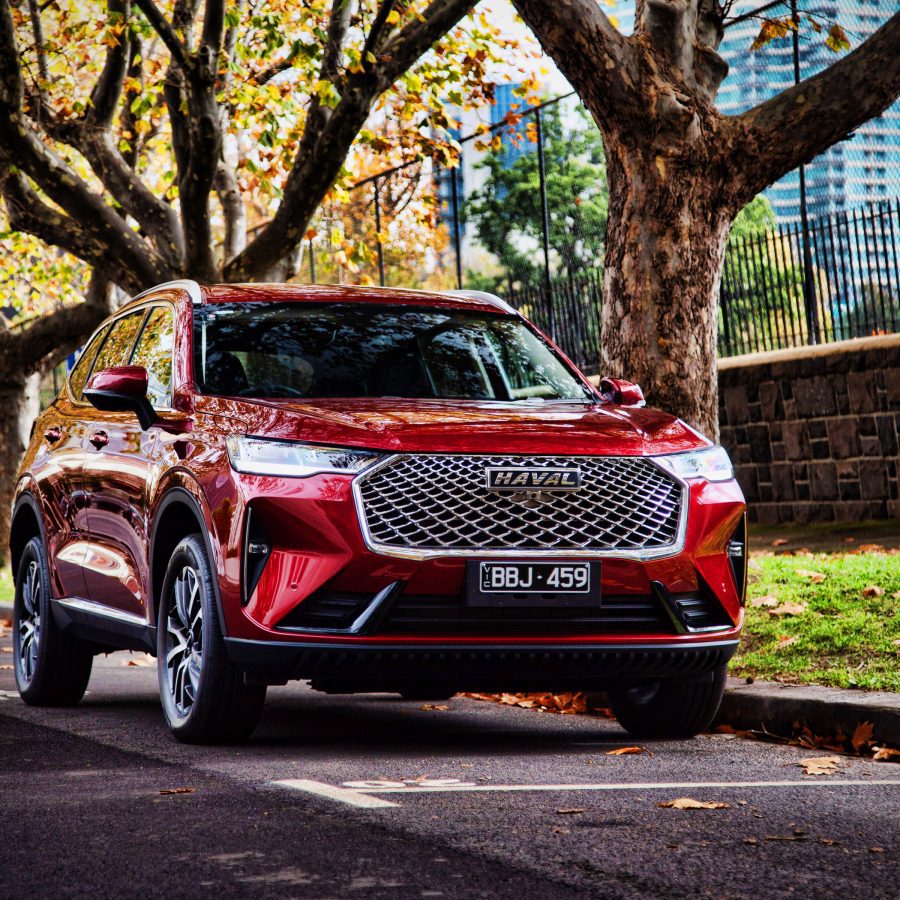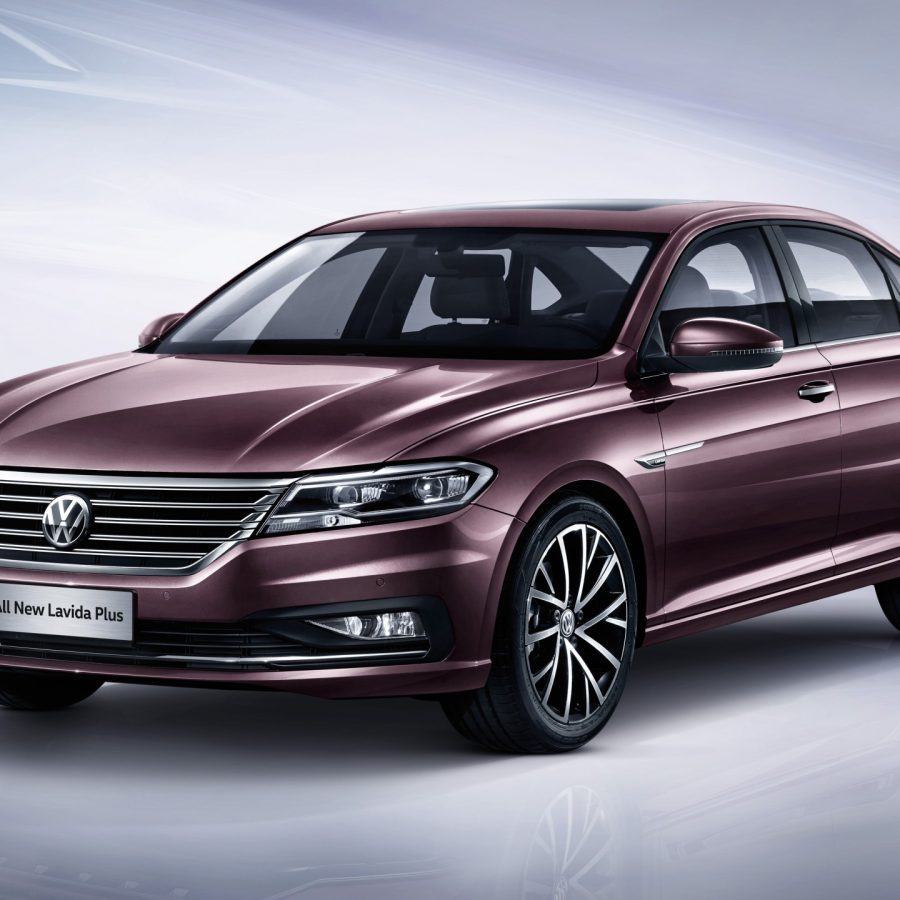2015 China Automotive Sales Research
The Chinese automotive market is significant not only due to its size but also its rapidly changing dynamics. 2015 saw a continued increase in passenger car sales in China, making it the largest car market in the world. The country had maintained this position since 2009. In 2015, over 24 million vehicles were sold. While there was growth in the automotive sector, it's important to note that by mid-2015, the pace of growth had decelerated due to a broader economic slowdown. However, in response, the Chinese government implemented stimulus measures, including a tax cut on small-engine cars. This policy proved effective, bolstering sales in the latter half of the year. One of the notable trends in 2015 was the rapid growth in SUV sales. Chinese consumers showed an increasing preference for SUVs over sedans, mirroring trends seen in other global markets. Domestic brands, in particular, saw significant success in the SUV segment. Chinese brands like Geely, Great Wall, and Changan made significant inroads in 2015. While international brands remained popular, domestic companies improved in terms of quality, design, and overall appeal, capturing a larger share of the market. 2015 saw a growth in online platforms offering automotive sales, complementing the traditional dealership model. Alibaba, for example, tied up with SAIC Motor to launch an online car-selling platform. While sales numbers were robust, there were growing concerns in 2015 about overcapacity in the Chinese auto industry. Many manufacturers invested heavily in production facilities, but the slowing growth rate raised concerns about future demand not keeping pace with the expanding capacity. Unlike the saturated markets of major urban centers (Tier-1 and Tier-2 cities), smaller cities (Tier-3 and Tier-4) presented growth opportunities. However, they also posed challenges due to different consumer preferences and lower purchasing power.


